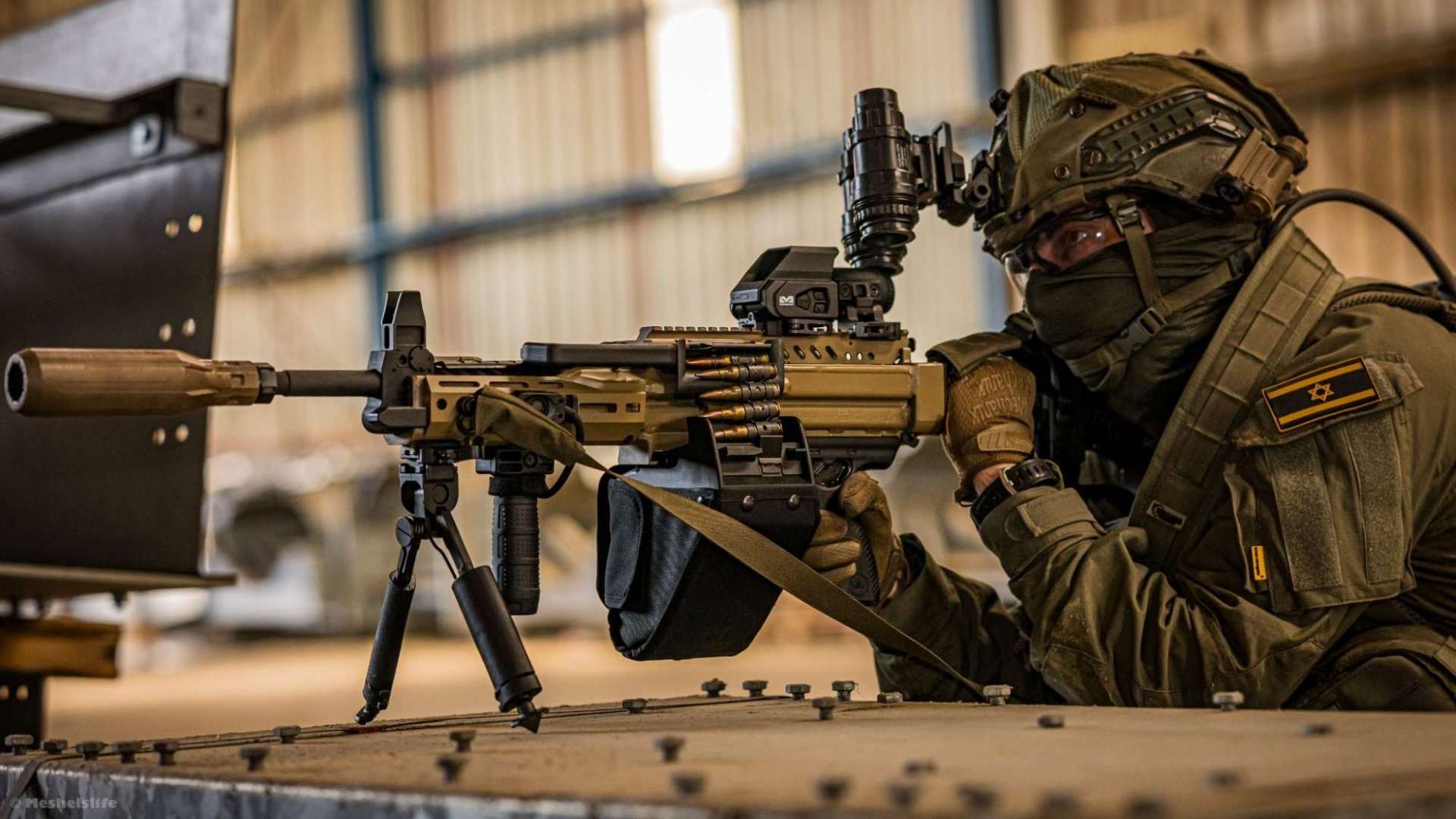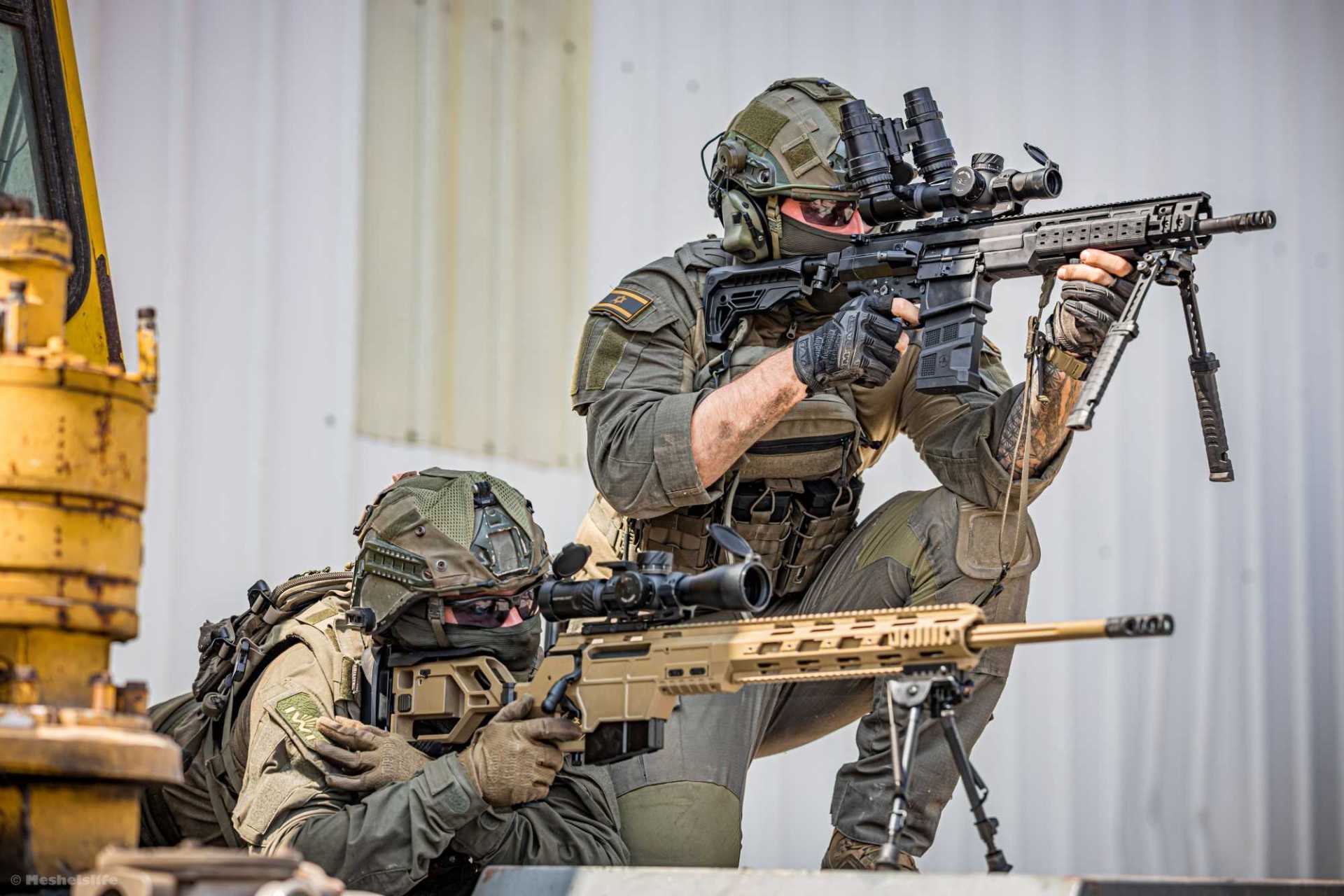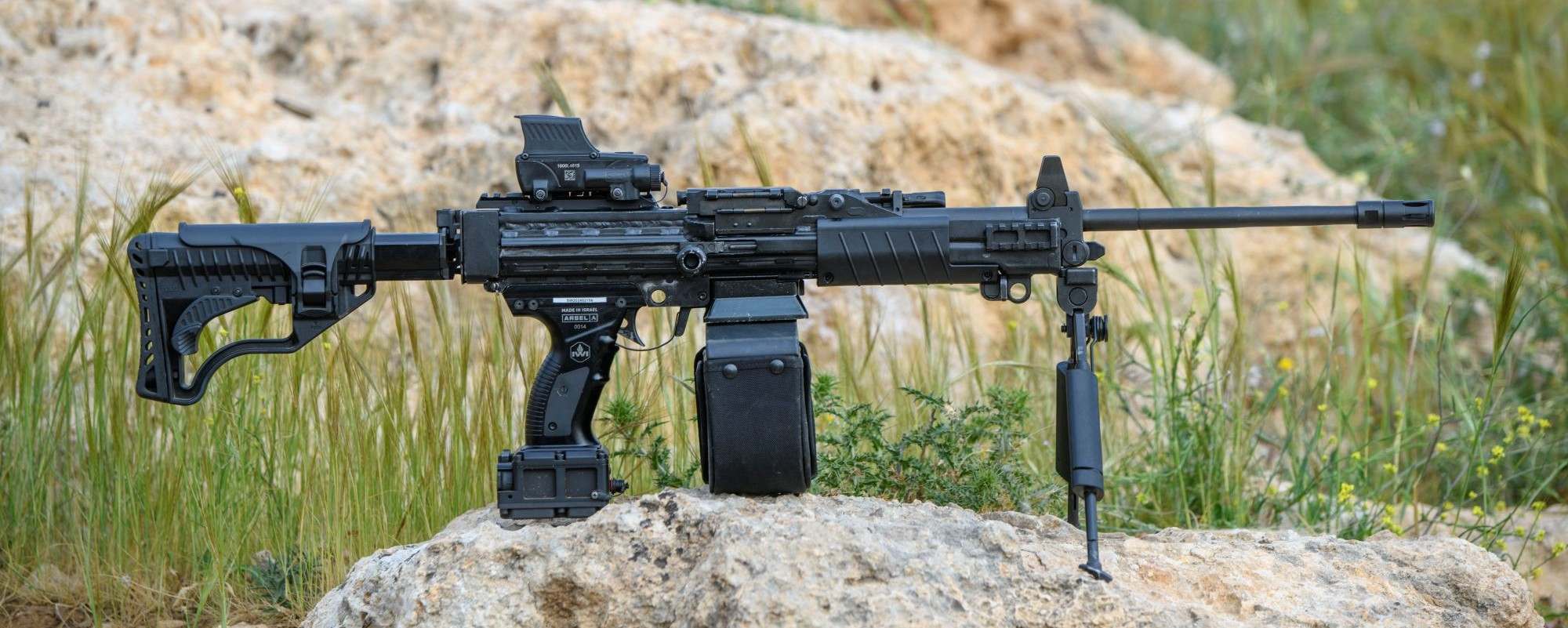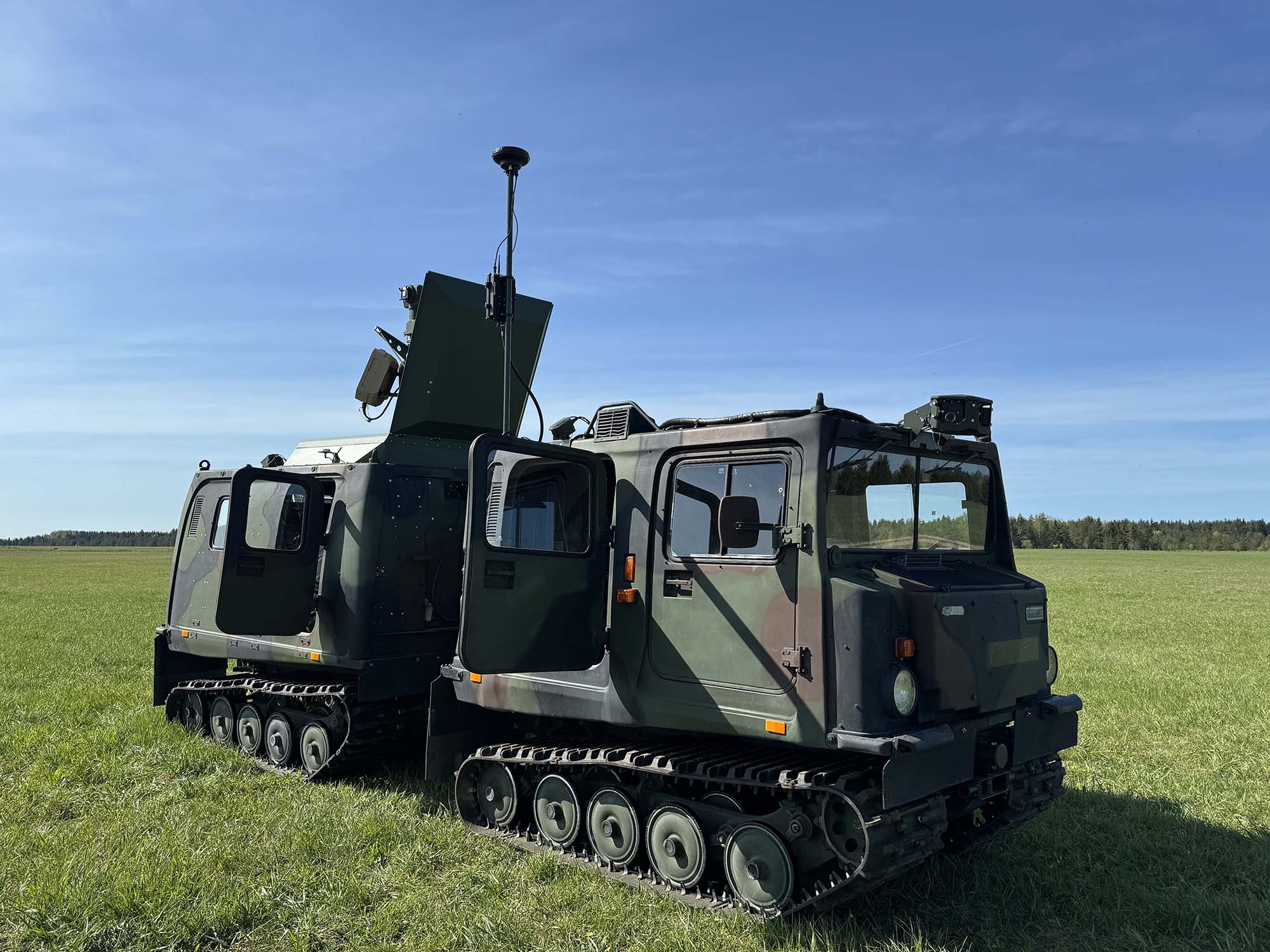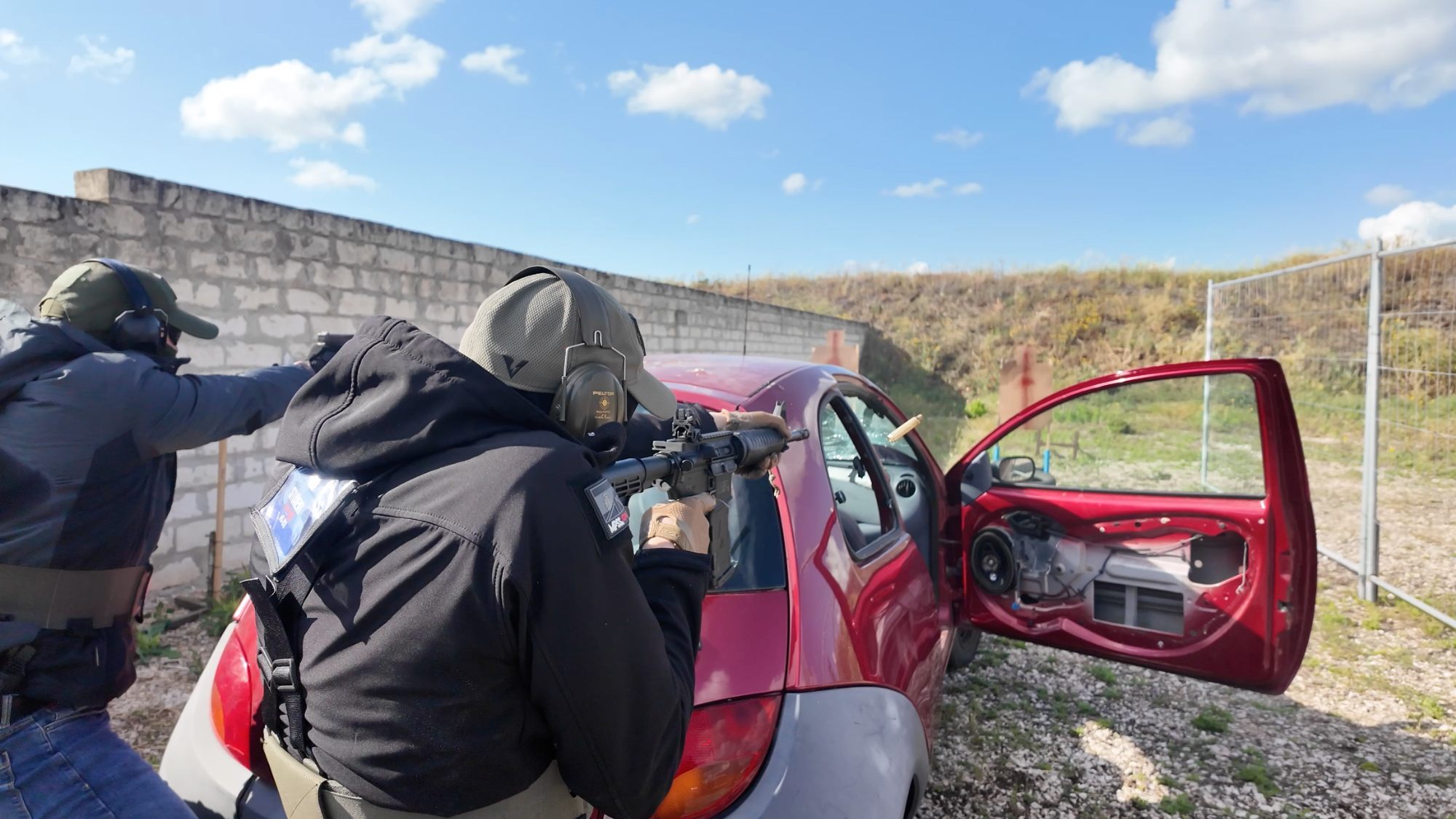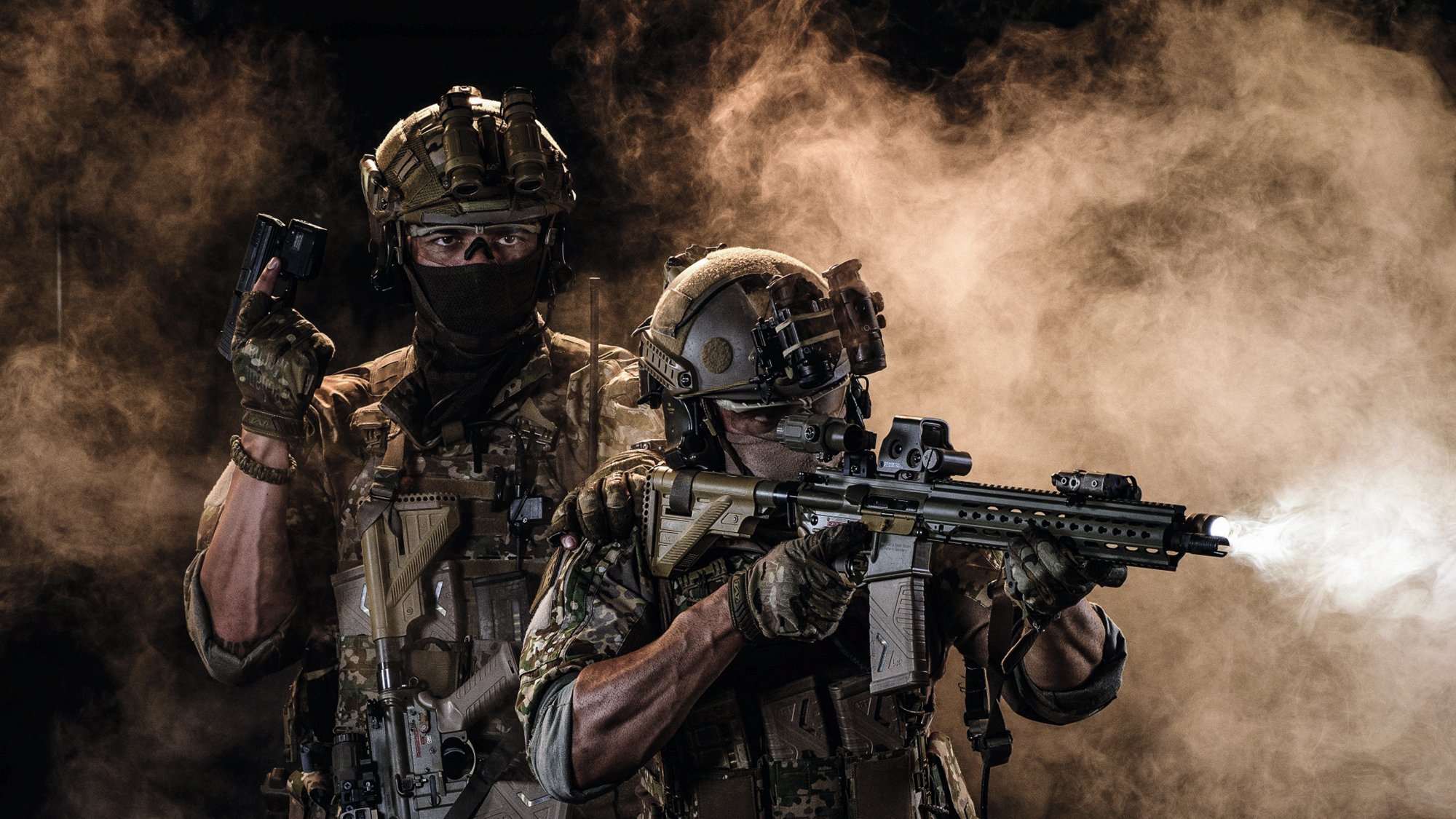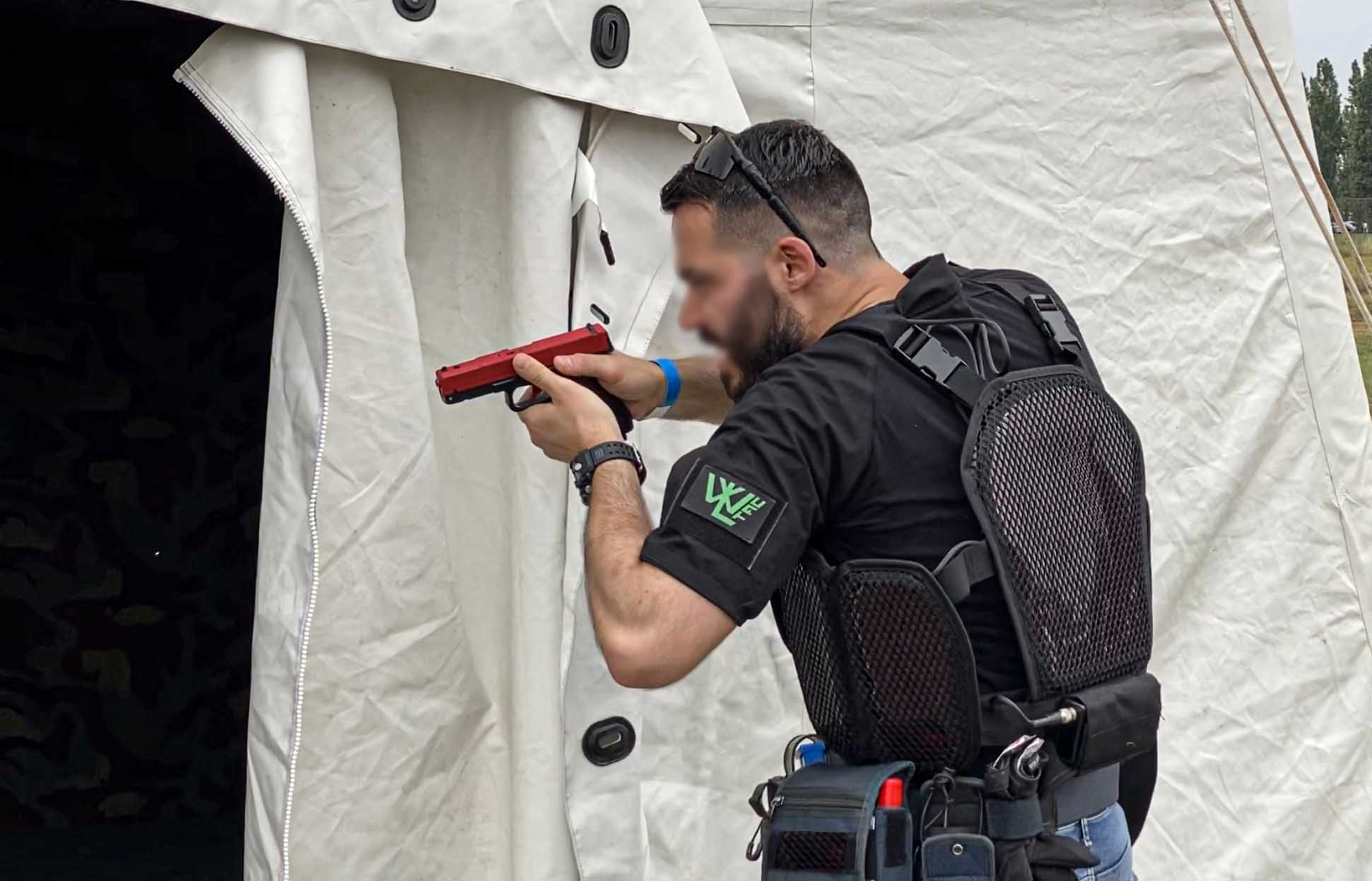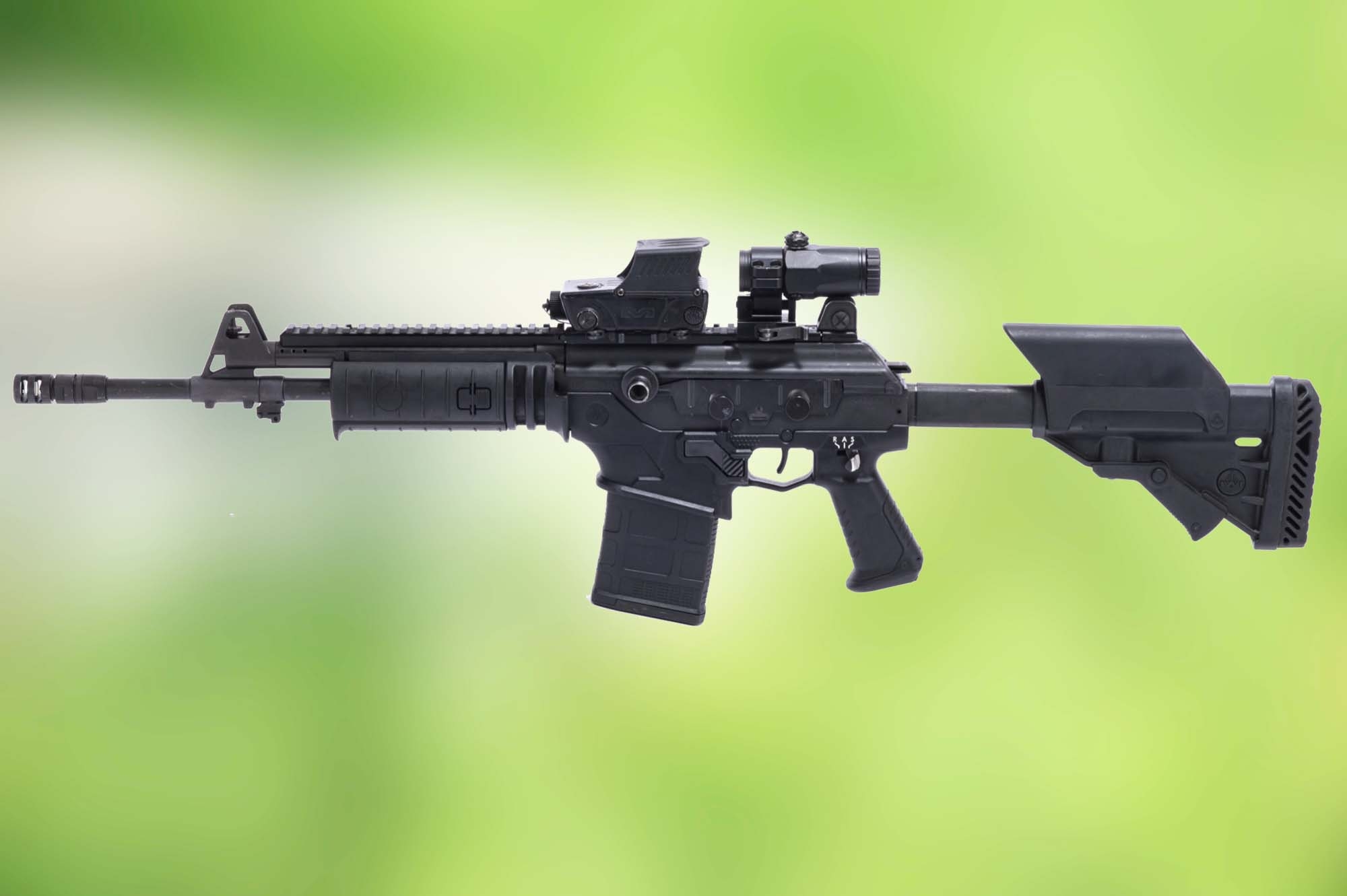Right now, the whole world has its eyes on Israel, and you only need to turn on the television or log on to a news portal to see IDF operators in action with locally- and foreign-made individual weapons. Leaving the analysis of the news and the geopolitical situation to specialized media, we at all4shooters.com want to focus on individual weapons and their technology, since Israel has created some of the most original and iconic models over the last fifty years. To do this, we interviewed Semion, Director for Europe of IWI (Israel Weapon Industries), formerly known as IMI (Israel Military Industry), Israel's leading arms manufacturer. Once state-owned, in 2005 the company, based in the city of Ramat HaSharon, was privatized and took on its current name. We now leave you with our interview.
For decades, the UZI submachine gun was the symbol of IMI/IWI production, and now it survives only in a single Micro version. How has the concept of submachine guns changed over the last 50 years for IWI?
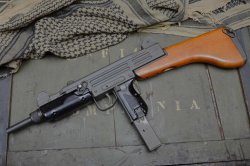
The UZI is an iconic design and remains a source of pride for IWI. It continues to sell well among end-users to this day. It also speaks to the depth of our heritage: IWI’s roots extend more than 90 years, and the UZI itself was unveiled over 70 years ago. The UZI was first introduced as the standard SMG of the IDF (and many other armies worldwide) in its full-length version. Today, there are many other options for soldiers and the threats have changed so there is no need for the full extended heavy version of the UZI but there is a need for concealed small robust SMGs with high firepower – which is mainly used by special units in the defense sector and in its SA version in the civilian market (mainly in the United States). Very few companies in the defense industry can point to a product with such longevity and global recognition.
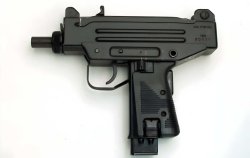
That said, technology, materials and operational concepts evolve constantly. A design that was revolutionary in the 1950s is naturally considered “legacy” today, making room for new approaches and solutions shaped by contemporary battlefield requirements. In recent years, the trend has been unmistakable: users demand modularity and commonality, platforms that can be rapidly reconfigured for multiple roles rather than single-purpose weapons. At the same time, while 9×19mm remains an important caliber, modern forces are integrating additional calibers and rethinking ammunition strategies.
In this sense, the UZI is not a contradiction to progress, but a foundation to it: it illustrates the breadth of our design experience, while our current and future platforms build on that legacy with new solutions tailored to today’s operational needs.
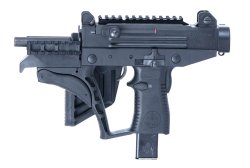
While the UZI is downsizing, 9mm versions of assault rifles born in 5.56 NATO, such as the Tavor X95, are flourishing. Isn't this an apparent contradiction?
I wouldn’t call it a contradiction; it’s simply different solutions for different needs. Multi-caliber carbines, such as the 9mm Tavor X95, combine the compact handling of an SMG with the ergonomics, rail space, and balance of an assault rifle platform. The Tavor is widely recognized as the most popular, successful, combat-proven, and most commonly used bullpup rifle and SMG in the world. In practice, that delivers the best of both worlds: a short, highly maneuverable weapon that still benefits from a relatively long barrel and modern fire-control ergonomics, and which can be changed between calibers if required. By contrast, traditional SMGs like the UZI are mission-focused tools optimized for specific CQB roles. Both approaches are valid: some units prefer one adaptable platform that covers multiple roles, while others retain a dedicated SMG for close-quarters missions. The market reflects that both philosophies have operational value.
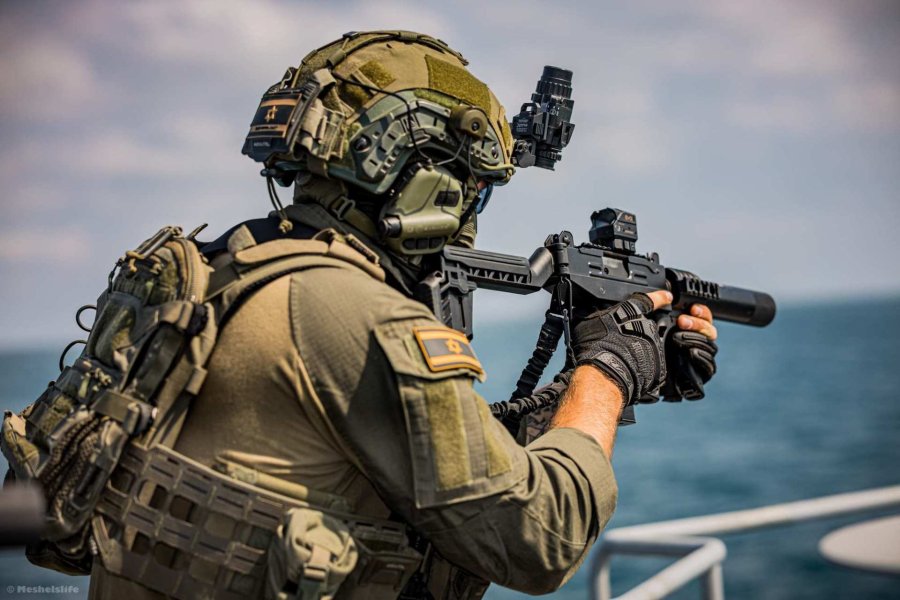
The IWI assault rifle configuration is available in both bullpup and traditional designs. Which of these two concepts has had the best response in the field?
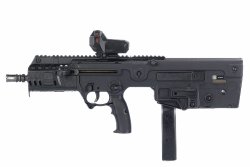
Both bullpup and traditional configurations have earned strong – though distinct – endorsements in the field, and that diversity is one of IWI’s core strengths. Our platforms are developed hand-in-hand with active forces around the world, which continuous collaboration lets us understand real operational needs, iterate designs, and deliver solutions that are battle-proven and relevant. Some users prefer the compact overall length combined with a full-length barrel that the Tavor X95’s bullpup configuration offers. Others prefer the familiar AR-15 platform because it aligns with their existing training, doctrine, and logistical infrastructure. The lessons from years of direct feedback are that no single solution fits all. Each military or law enforcement user has unique requirements, and our role is to provide a comprehensive portfolio that effectively meets those needs.
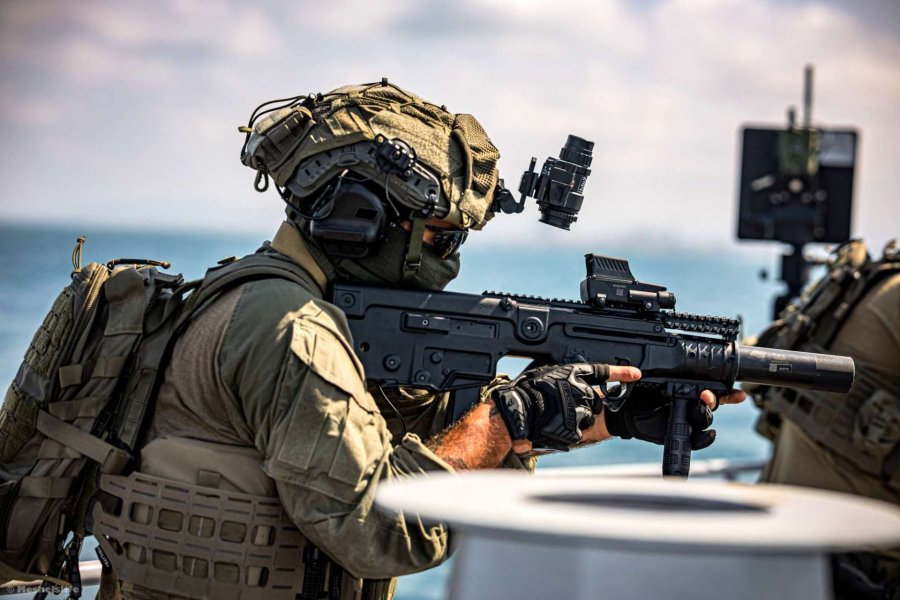
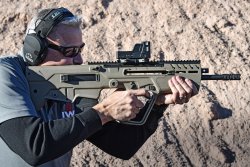
Why do you think open-bolt weapons, which were so successful in the past, are now considered obsolete?
Open-bolt weapons are far from obsolete; they remain highly relevant in roles that demand sustained automatic fire. In fact, IWI’s Negev family of light machine guns is a prime example of where open-bolt operation excels, offering superior cooling, mechanical simplicity, and reduced risk of cook-offs during extended bursts. Where open-bolt systems have seen a decline is in standard assault rifles and other modern small arms applications. The reasons are mainly practical: open-bolt designs can compromise first-shot accuracy due to the movement of the bolt before firing, and they pose additional safety considerations in semi-automatic or precision-oriented roles. They may also be more vulnerable to dirt and debris, depending on the configuration. At the same time, modern doctrine places less emphasis on continuous full-auto fire for standard infantry rifles, favoring controlled, aimed fire and precision over volume. Under these conditions, closed-bolt systems offer clear advantages in terms of accuracy, safety, and reliability. So the shift away from open-bolt assault rifles and SMGs is not a dismissal of the mechanism itself, but a reflection of evolving operational priorities. In its optimal context – sustained automatic fire – the open-bolt system remains a proven and effective solution.
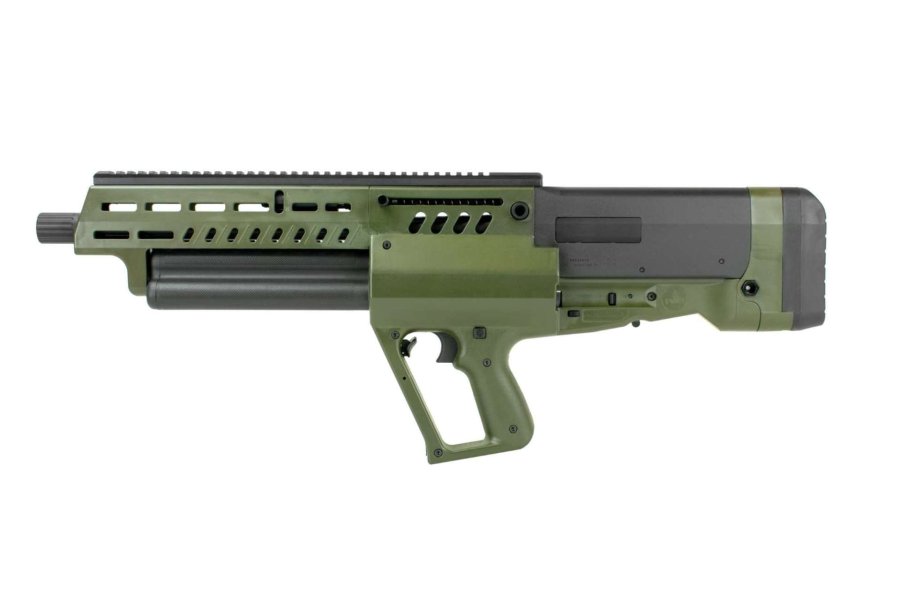
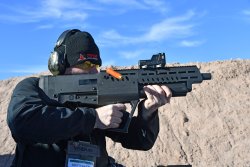
The latest 12-gauge weapon presented by IWI is the Mafteah, which appears to be a niche weapon for CQB and opening doors à la “master key.” The IWI catalog already has the Tavor TS12. Could this possibly be extended as a specific 12-gauge anti-drone weapon?
Shotguns are inherently versatile and proven tools – suited for breaking and close-quarters engagements, less lethal options, and immediate point-defense. Their mechanical simplicity, broad ammunition availability and effectiveness at very short ranges make them a logical choice for operators facing immediate, close-in drone threats or specific missions that demand a compact, rapid-response tool. At the same time, IWI’s Arbel-based anti-drone approach offers complementary operational advantages that suit a broader set of counter-UAS scenarios. Built on a familiar AR-style platform, the Arbel solution extends the effective engagement range to several hundred meters, utilizing standard high-capacity magazines for sustained response, and benefits from a lower cost per round compared to many dedicated shotgun loads. This enables operators to engage tactical drones at greater standoff distances while retaining the convenience of a single, multi-role combat platform for both primary missions and counter-UAS tasks.
For your Tavor TS12, you chose an unexpected three-tube solution, for a total capacity of up to 15 rounds. Why did you choose this instead of what could have been a classic box magazine? What are the advantages?

The TS12’s three-tube feeding system is an intentional design choice tailored to shotgun ergonomics and operational needs: by distributing rounds across three concentric tubes the weapon achieves high capacity without an extended, protruding magazine, preserving a compact profile and improving balance by keeping weight close to the receiver, which enhances muzzle control and handling during rapid transitions; the tubes also allow mixed-load flexibility so an operator can carry different ammunition types and access them immediately without swapping magazines. While tube reloading requires a different drill and can be slower than swapping a single detachable box magazine, the TS12 prioritizes compactness, balance, multi-load capability, and proven feeding reliability – attributes that many law enforcement and tactical users prefer for real-world shotgun missions.
To learn more, visit the IWI website and read our article on the IWI Arbel computerised firing system.











